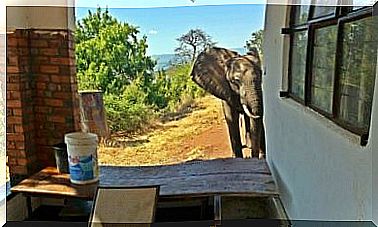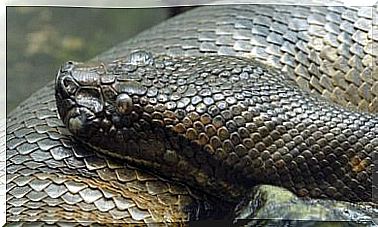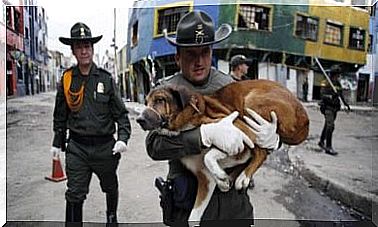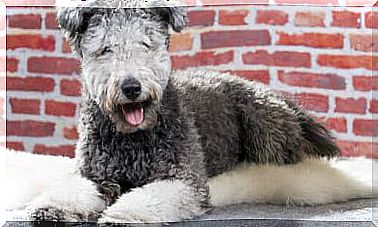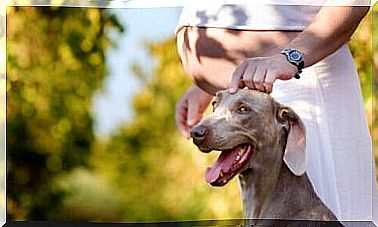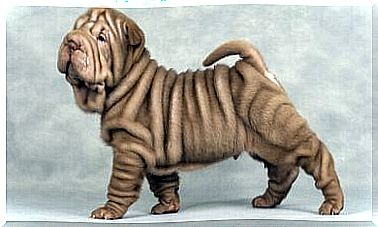The Steppe Animals

With extreme temperatures, almost no rain and herbaceous vegetation, this biome is present in few areas of the planet. And despite their adverse conditions, the steppe animals were able to adapt to such conditions. Get to know them in this article.
Examples of steppe animals
There are two types of steppes on the planet: cold and hot. The first type is located in midwestern North America, southern South America, and central and southern Asia.
The second in southwestern North and South America, southern and northern Africa, southern Australia, northern Arabian Peninsula and some areas of the Iberian Peninsula.
Although conditions are similar in these biomes, steppe animals vary by continent or region. Some examples are:
-
american bison
It is present in the North American steppe, whose vegetation is mainly low height grass.
Also known as buffalo, the bison – photo that opens this article – belongs to the cattle family and is a polygamous herbivore that breeds between August and September.
Their coat is brown, darker in winter and both males and females have curved horns, which they use to fight in heat or to defend themselves.
It is a very important animal for American culture, respected, revered and admired by the tribes of the Sioux and Lakota.
-
Andean condor
Although it is related to the mountain – specifically with the Andes Mountains – the Andean condor is one of the animals of the Puna steppe, in South America.
It is the largest non-sea bird in the world, known for its black and gray feathers, and its white ‘neck’ as well as its bald head.

This carrion bird is the symbol of several countries in South America and is present in the local culture. Choose high cliffs to form ‘nests’ protected from the wind and share them with other specimens.
It is monogamous and nests in rocky walls, where both parents take turns to hatch eggs.
-
russian turtle
Widely distributed in Asia, it is found in the Russian, Chinese, Afghan and Pakistani steppes.
This turtle has a rounded, flat, brown carapace (in different shades), and the female is larger than the male, but the latter has a longer tail. Both have four toenails, unlike the others who have five.

The Russian turtle’s eyesight is excellent. She can distinguish people, shapes and colors. In addition, he knows how to orient himself very well, he is sensitive to the vibrations of the ground and his scent allows him not only to find food, but also a partner.
It feeds on dried herbs, flowers and vegetables.
-
Darwin’s Nandu
This flightless bird goes by many names, although it is popularly known as nandu or suri.
It lives in the South American steppe, but it can also be seen on the plateau and cerrado. It feeds on grasses, shrubs and herbs.

Darwin’s nandu can measure about 120 centimeters and weigh 25 kilos. It’s a big runner – up to 60 km/h – and males can be a bit aggressive, especially when they hatch eggs.
That’s right, since the ‘father’ is in charge of this task.
It should be noted that he mates with several females and all of them give eggs to be hatched by the male and, in addition, he is also the one who takes care of the offspring.
-
Saiga
The last steppe animal on this list is a Central Asian bovine that lives in Russia, China, Mongolia, Uzbekistan and Kazakhstan.
It is a medium-sized antelope that forms groups in search of food: plants of all kinds; even some poisonous to other species.
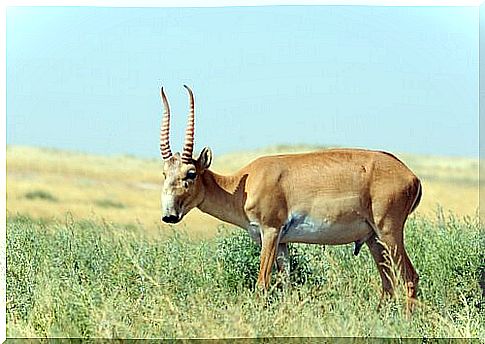
The saiga has light brown hairs all over the body, with the exception of the belly, which is white.
Males have greyish ringed horns, which they use to fight for females during mating season.
The winner receives the ‘prize’ of taking a group of up to 50 females.
A curious fact is that the first birth is always a twin and, from the second onwards, it gives birth to a single offspring.
